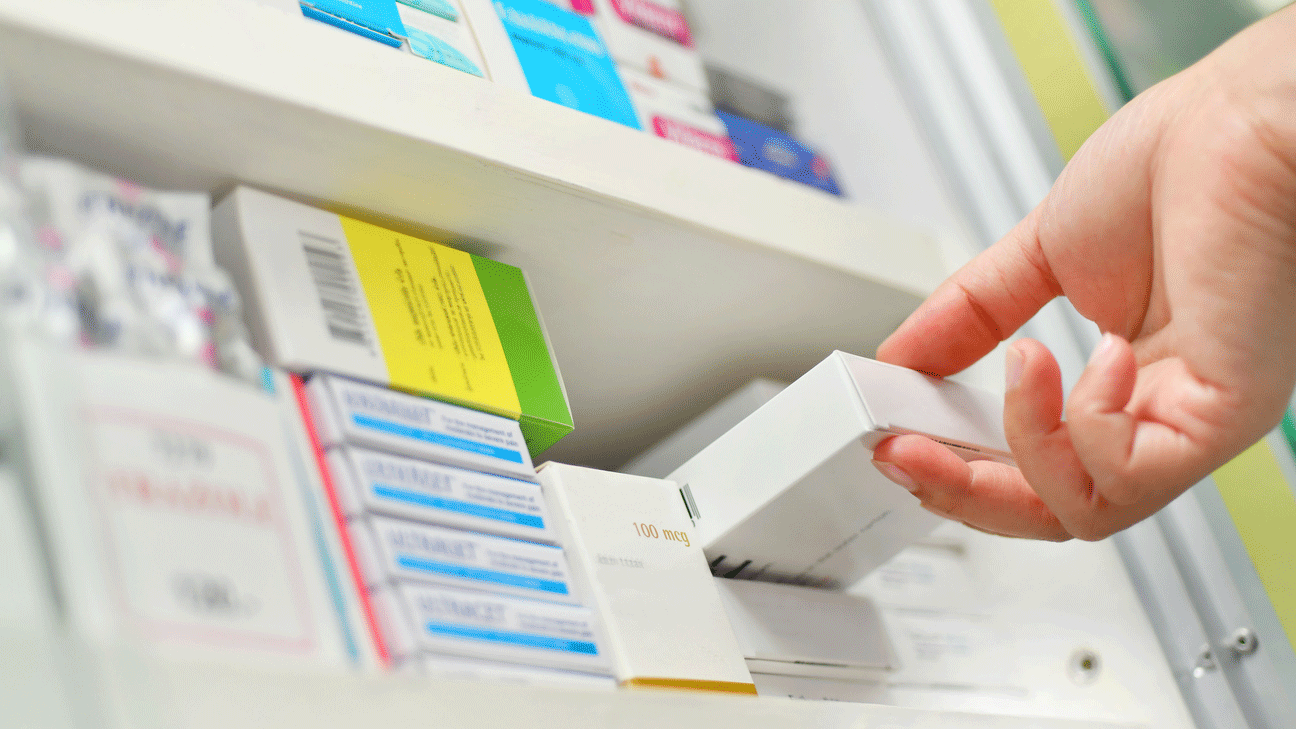
06 Mar New approach to antimicrobial surveillance proves cheaper, more targeted than current method
A team of researchers has developed a new, targeted approach to conducting antimicrobial resistance surveillance that could change the way it is conducted around the world.
Led by the Amsterdam Institute for Global Health and Development and the Amsterdam UMC, the team recently published their Indonesia-based study in the American Journal of Epidemiology. The study flips current surveillance methodologies around by focusing on whether resistance levels are above a certain threshold, rather than trying to estimate a precise estimate of the resistance level itself.
“The application of this method is novel because by just focusing on those resistance levels that are deemed too high to justify the use of a specific antibiotic, we provide valuable information to physicians who prescribe empirical treatment with antibiotics on the spot,” said assoc. prof. Frank van Leth, co-lead for the study.
“Empirical treatment with antibiotics is common in many low-resource settings as well as high-income countries. Provided with knowledge of a too-high resistance level, physicians can choose an antibiotic which they know will be effective in their setting.”
Current laboratory-based surveillance methods require a large sample size and often uses specimens not linked to specific clinical syndromes. This means that the information is not readily applicable to specific patient populations, and cannot guide empirical treatment strategies.
The new methodology uses lot quality assurance sampling (LQAS), an approach that requires in general a smaller sample size, making it a prefect strategy for individual health facilities to implement. The results identify for which antibiotics the pre-specified resistance level is exceeded and should therefore not be used for empirical treatment in this population of the specific health facility. Rather than having a general estimate of the resistance level for the total population, LQAS-based surveillance provides information on local variation of resistance.
The current study was conducted in Medan, and Bandung in Indonesia. The results of the LQAS-based surveillance approach were validated against commonly used surveillance methods and showed to be very accurate in identifying areas where the level of resistance is high.
“This new methodology has significant implications from a cost and practical perspective because it reduces the number of samples required, it can be conducted faster and it provides each health care facility with its own classification that’s specific to their patient population,” adds Frank.
Informing an ongoing Netherlands study
The new methodology is already having an impact locally: it will be incorporated in the Netherlands-based PROGRESS study which seeks to identify a point-of-care test that can accurately diagnose UTIs, and ultimately, avoid inappropriate antibiotic use among people living in nursing homes.
With urinary tract infections a common occurrence in nursing homes, physicians often treat empirically. By implementing this methodology, physicians will know exactly which antibiotics will be most effective to quickly and safely treat this vulnerable population.
“This study is an important example that global health research goes both ways and that research outcomes obtained in low- and middle-income countries are extremely applicable in high-income countries, too,” said prof. Constance Schultsz, co-author on the study. “With drug resistance becoming an increasing global health threat, ensuring the right drugs are used at the right time is critical to prevent the spread of further resistance.”
